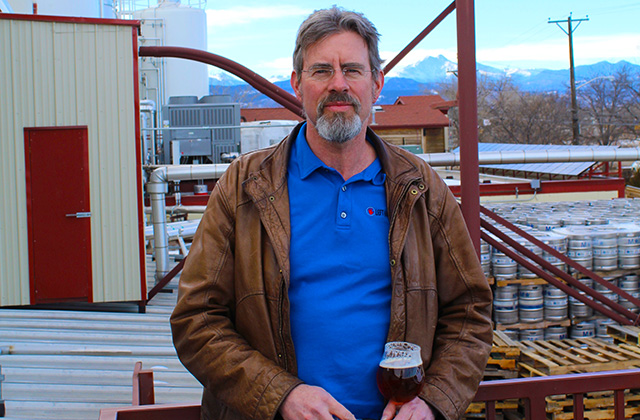
Eric Wallace has always felt strongly about the true meaning of craft. When it comes to all the moving and shaking in the brewing industry, Wallace finds himself rededicating himself each and every day to his creation in Left Hand Brewing in Longmont, Colorado.
His passion for great beer was developed at an early age. Being in a military family, he was able to experience top-quality beers from all over Europe before he’d ever had an American beer. However, by the time he officially returned to America, his palate had been sophisticated on proper beers — which established curiosity and a desire to figure out how to make great tasting beer.
“Dick [Doore] and I met at the Air Force Academy,” said Wallace. “He was a homebrewer so he taught me how to brew. We brewed our first batch together and I said, ‘OK, this is what it takes, let’s do this on a commercial scale. These little breweries are going to start to pop.’”
Doore and Wallace didn’t really think their business venture would be what it is today. They simply thought there was an opportunity for them to build careers for themselves.
“We had a business plan together,” Wallace said. “Once we said go we were pretty serious. Definitely ran lots of numbers, wrote a business plan, had to go out and raise a little bit of money — nothing like what it would take to do it now … if you don’t start with fairly deep pockets you’re going to have a rough go at it these days.”
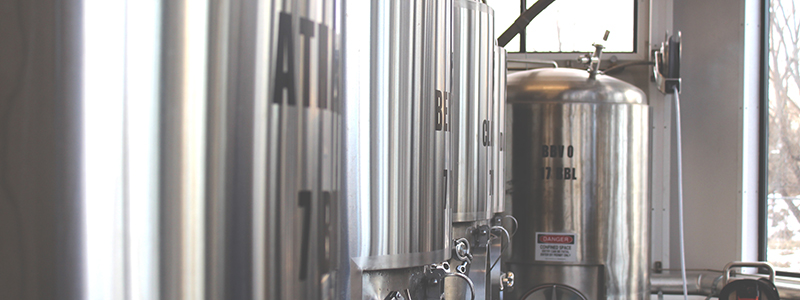
Left Hand early on utilized much of the same strategy as other breweries that launched in Colorado during the same timeframe. They made beer, bought a van and sold their beer to restaurants and pubs out of the van.
As simple as Wallace made the early days seem, brewing quickly became a business for them as they received more and more calls for their beer. Eventually, economically speaking, it just didn’t make sense for the owners to drive all over Colorado to deliver a couple kegs of beer. At that point, much like New Belgium Brewing experienced with its station wagon, Left Hand jumped into the distribution game.
“We started working with different wholesalers, and learning the ropes there,” explained Wallace. “We were still distributing Boulder County primarily, and using them for the farther markets.”
Early on Left Hand was able to save on hiring specialists due to Wallace, his wife and Doore’s knowledge of mechanical engineering, chemistry and other areas. However, when they found certain specialties they couldn’t avoid, such as sales, Wallace said they seemed to just find the perfect scenario that could take them to the next level.
The salesman just happened to be a fan of Left Hand, already had a full-time job, but wanted to sell good beer on the side on a commission base. “He went out and got us a bunch of tap handles and placements,” said Wallace. “We started out brewing bitter pale, porter … classic English styles.”
In 1998 Left Hand Brewing acquired Tabernash out of Denver. That location helped Left Hand to expand into six-pack bottle sales, where it was originally only packaging 22 oz. bombers and kegs. “I have a lot of long stories about the trials and tribulations of that period because it was brutally difficult,” said Wallace. “Between being misled, frauded by wholesalers, starting our own wholesale operation, being completely broke, on the verge of bankruptcy and raising capital by selling some equity in the company … taught us an awful lot about finance, cash flow, wholeselling and about all the things you need to understand from a business perspective … if you can’t, you may make great beer, but if you can’t run a business you’re going to go out.”
Wallace remembers during that period of the late ‘90s watching as brewery after brewery emerged and then shut down due to bad business practices. “We thought that good beer had a reason to exist and were going to do everything we could to perpetuate that,” said Wallace. “We refused to be knocked out of business. People thought we were crazy for starting our own wholesale operation. The only one I know of that existed back then, and I actually flew out to meet them and compare notes, was Craft Brewers Guild in New York, which was Brooklyn’s distribution arm.”
Wallace got the best advice they could get. “Bringing Tabernash into the fold taught us how to structure a deal and not structure a deal,” said Wallace. “Also it brought some financial experience and talent onto our board, which we didn’t have before. Those guys were really helpful in looking at our balance sheet. We knew about budgeting and everything, we could build a budget, we knew about cash flow, but they were better at looking at balance sheets and seeing the amount of capital that was going to be needed.”
Adding the financial specialists to the board helped Left Hand realize exactly what they needed to raise to get where they wanted to be. Initially in the first round of fundraising Wallace said the company had raised about $750,000, but needed a second round to raise another $250,000.
“That second round put things over the top,” said Wallace. “We were able to turn the wholesale operation profitable and take care of enough debt that cash flow wasn’t screaming at us like it had been for three or four years.”
What Wallace saw occur when the industry went flat for about seven years near the late ‘90s is somewhat a fear for today. He explained that he had met with one of their oldest wholesalers in Chicago that reserves business for companies like Left Hand that had worked with them for multiple decades. However, they are bringing on new accounts and Wallace said he’s starting to see inconsistencies from smaller breweries that aren’t taking the time to run beers through labs.
“There’s a lot of breweries that don’t have a lot of business packaging their beer, right now,” said Wallace. “They need to be able to know microbiologically and shelf-lifewise what it really is. When I’m drinking a two-week old can of IPA and it’s obviously oxidized and staling already, there’s a problem. That beer should not be sold in a store, whether you’re distributing it yourself, because there’s no shelf-life to it. It would be served in a glass, immediately off the tank. Don’t oxygenate it putting it in a can or bottle until you have the technology to make that happen.”
There is a big factor that damaged craft overall in the 90s was an unevenness said Wallace. “Anytime you buy a bomber or a 6-pack and you don’t know what you’re getting, you eventually fall back to something you know is consistent, and you take less risk. Craft was growing 1 percent, 2 percent that whole time.”
Eventually the consistency brought on the price war which devastated a lot of breweries because they really couldn’t compete on price. “We didn’t get involved in discounting,” said Wallace. “There were breweries selling beer cheaper than the bigs.”
Wallace said he doesn’t think that everyone cares about quality in regards to the industry as a whole. “I think the people that are getting into it because there’s money to be made, I don’t think they care about quality, they care about money,” he said. “The money people don’t bring the same drive, passion or soul to the business as the people that come in because they love great beer and they want to create something new.”
Wallace remembers a speech that he listened to at the Craft Brewers Conference in Seattle in 1996. The train of thought on the presentation was build it and they will come. “They had this whole Star Wars theme,” said Wallace. “And I was like, oh no, we’re in trouble. And within a couple of years CBC had dropped from 2,200 or 2,500 people to less than 1,000.”
History does repeat itself, but that’s why it’s so vital that we learn from history and attempt to avoid it from occurring similarly. Wallace said he sees breweries doing a lot of what he saw in the ‘90s. There is a lot of money circulating through the industry and he’s now seeing breweries in an “arms race” trying to build the biggest most beautiful brewery to attract the most attention.
“Things change, partners get nervous, there’s tug-of-wars and different breweries deal with it differently,” said Wallace. “But if you’ve just built a whole bunch of capacity and grown large double digits for five to 10 years, you’re probably upside down in your balance sheet. If you’re not hitting your projections and you can’t refile a loan, if you have partners that are starting to get nervous or if someone is waving money in front of them and you don’t own enough of your business, you’re going to end up doing things you may not want to do, but may have to do.”
What has helped Left Hand reach where it is today and prepare for a future is being very money savvy, but not continuously focusing on the money. “All things come together and you’ve got to pay attention to it, but … if I can squeeze $50 or $60 grand out of the debt we’re sitting on, I can buy a couple pieces of equipment, I can hire another person with that and sell more beer with that. I can deploy that capital, because our lifeblood is the cash flow we generate because we aren’t taking big boy cash or selling out to multinationals or private equity groups that are going to turn you in five years anyways. People always promise that nothing will change, but it always does … it always does.”
What always has helped Wallace is his ability to listen to others. One of the key factors, he believes, in the success of Left Hand has been the development of a board of directors. This feat wasn’t as complicated as you might be thinking in your mind right now. Early on it was Wallace, his partners and one or two others that he enticed with free beer.
Building the board has helped Wallace with guidance in business over the years. His ability to humble himself and understand his weaknesses helps him pick outside individuals that can lead and provide insightful information. “They may not know all the right decisions, but they can stimulate the discussion to the extent that you’re going to improve the decisions that you make,” said Wallace. “And I had outside advisors that weren’t on the board that I sat down with regularly … and these guys have started companies, taken companies public, been hired in to turn companies back around. Really, really smart guys. And if you can surround yourself with really, really smart guys that have a soul, that actually care about what you started off trying to do, and give you the tools to live in the real world of capitalism and finance and all these vultures out there looking to get you to take one false step and take the rug out from under you … you’ve got to avoid that too.
“We’ve been screwed by wholesalers, frauded by wholesalers. We’re optimistic, but we’re also not idiots.”
Wallace realizes that going into the future mistakes will be made and there will be obstacles to overcome. But with more than 20 years in the industry, he’s experienced the ups and downs, the ebb and flow of brewing life. He’s seen the industry grow year after year only to pop and be brought back to a few.
It’s this experience that helps him carry into the future with confidence. He knows where they’ve gone wrong in the past and he’s willing to accept those mistakes. He’s also willing to listen to those around them, regardless of their background, simply to learn and gain a new perspective.
As Left Hand Brewing continues to grow and stay the path of craft, Wallace and his team have two things on the top of their mind: make really great beer, and don’t forget the past.



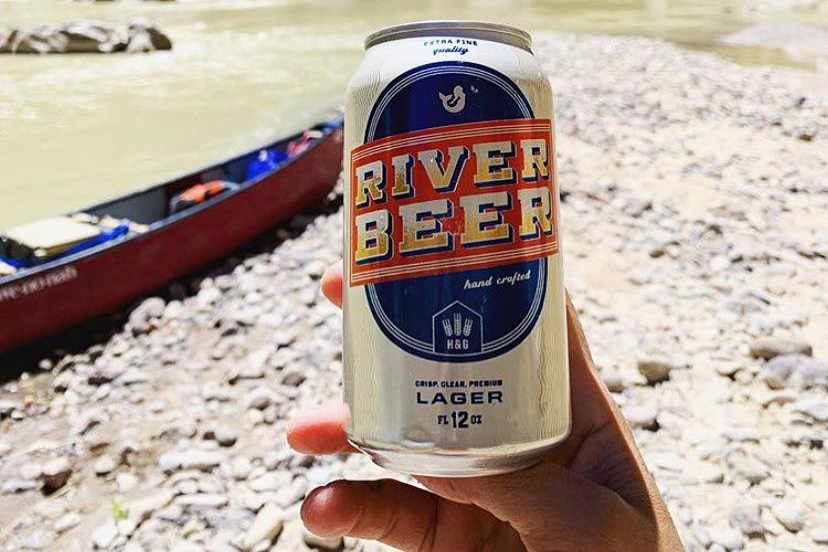
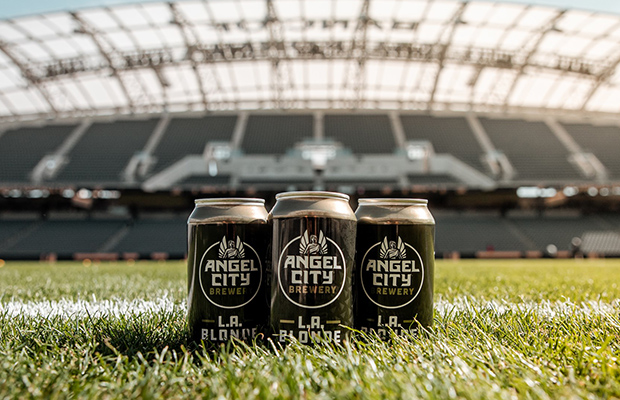
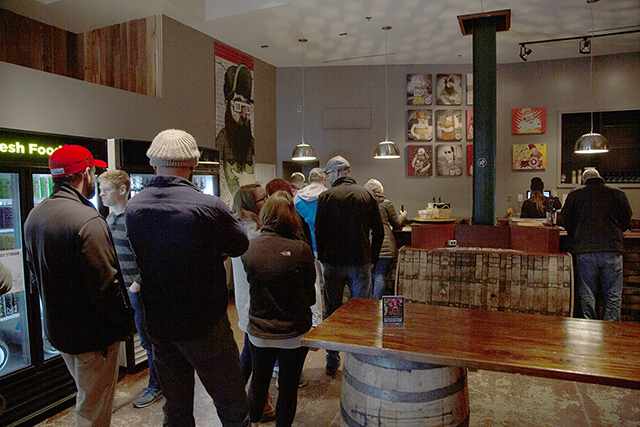
3 Trackbacks / Pingbacks